Explore the best quality genuine European antique furniture available at our new warehouse open by appointment to the trade and public alike....fall in love with antiques again ....chances are they will be around for a lot longer!
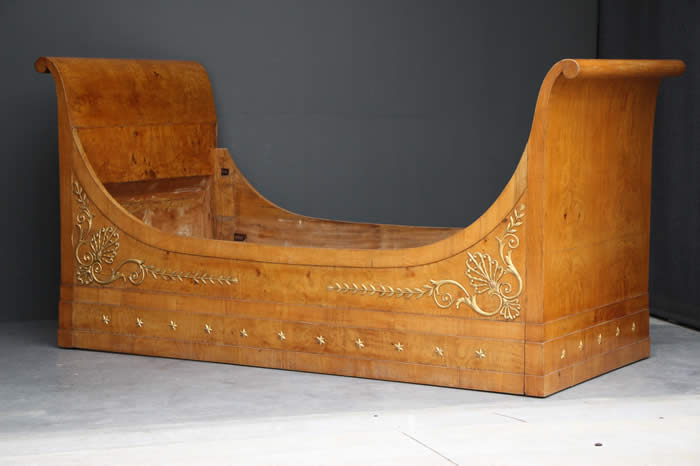
Empire and Biedermeier neoclassic antiques
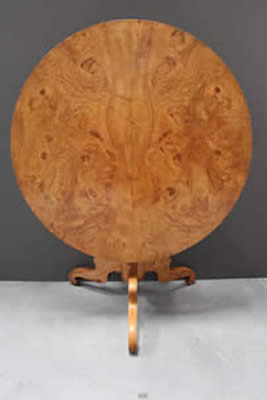
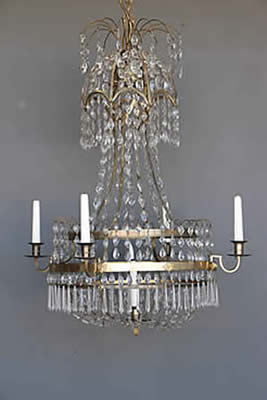
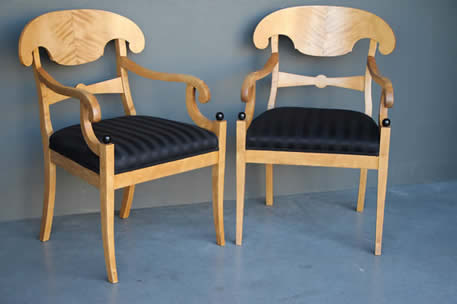
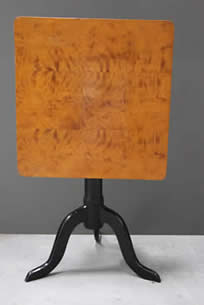
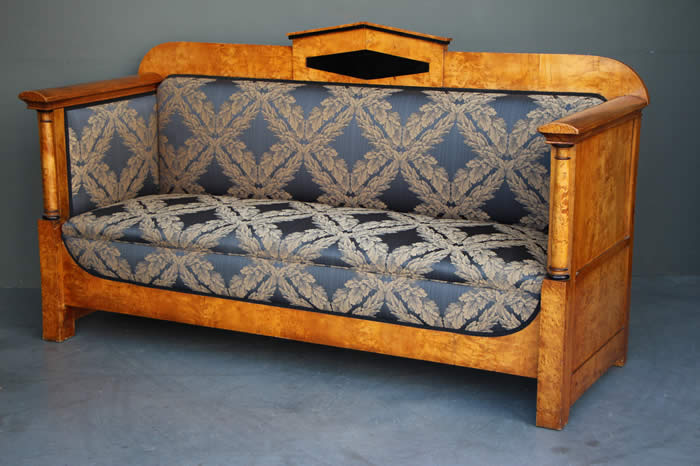
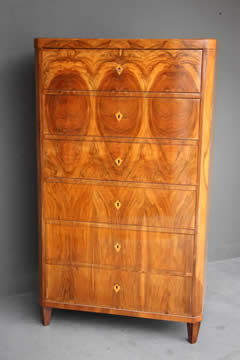
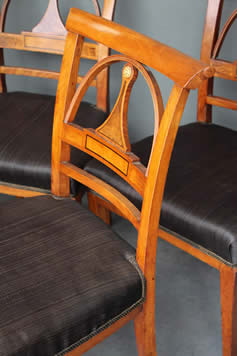
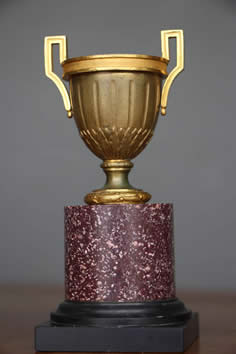
More antiques uploaded daily to this website!
What is an antique?
It is an item over 100 years of age, usually hand made and of good quality made to last.
We sell unique antiques not mass produced inferior reproductions.
If it is not hand made or under 100 years of age then it is not a genuine antique and maybe in the antique style. Genuine antiques are always worth looking after, not just for investment potential but for the sheer aesthetic pleasure they give to their surroundings and owners.
Buy Unique Antiques not reproductions.
Welcome to the website of
Antiques and Design Online
Antiques and Design Online is home to a treasure trove of fine quality European antiques including furniture, decorative arts and architectural materials and complimentary period pieces.
With over 30 Years in the antiques trade having established several shops in Sydney's premier antiques district, Queen Street, Woollahra with the opening of
Von Wilpert Antique.
I eventually graduated from the Sydney fine arts and antiques "scene" and opened the well known Beechworth Wine and Antiques Centre.
However, after ten years of serving the discerning public from this historic fully restored Old Bank of NSW 1845 location, I decided to concentrate on the antiques side of the business and to dispose of the property as it was surplus to requirements.
Like so many other great businesses I am now simply operating online without a physical shop front...and that saves money for everyone, allowing me to be even more competitive in my pricing whilst still supplying intergrity in every piece.
My antiques warehouse is open only by appointment and is now located in a secure complex in Melbourne.
This will be most convenient for all carrier pick ups and delivery.
Should you have any enquiries, please use our Contacts page located at the top of this page.
It's always a pleasure to find that treasure at ANTIQUES and DESIGN ONLINE !
Kind Regards
Oliver von Wilpert
CEO
The Empire Company pty ltd
www.antiquesdesign.com.au
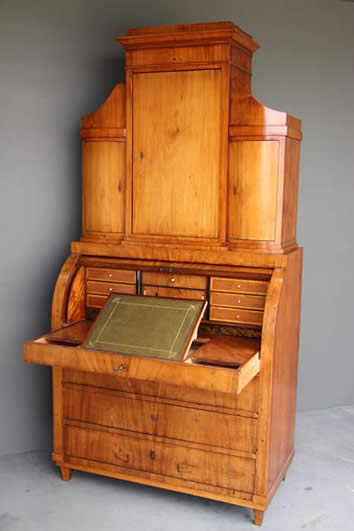
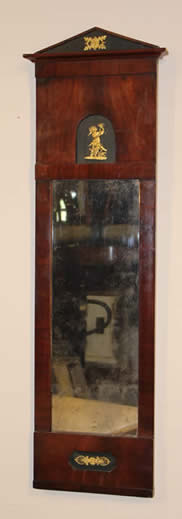
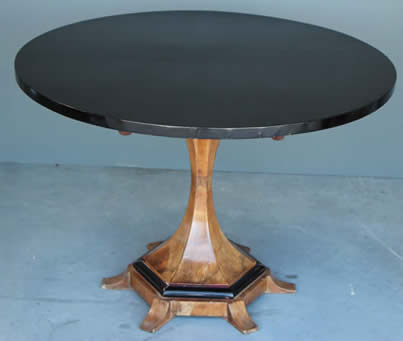
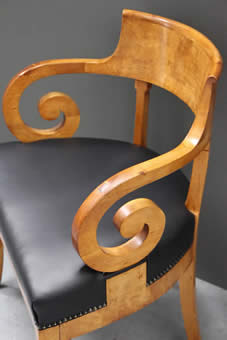
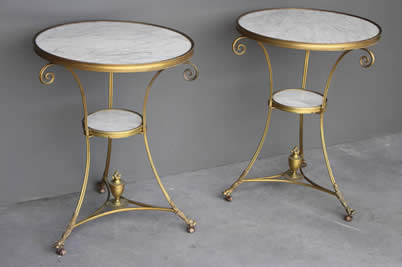
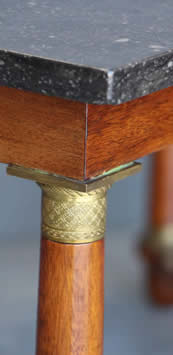
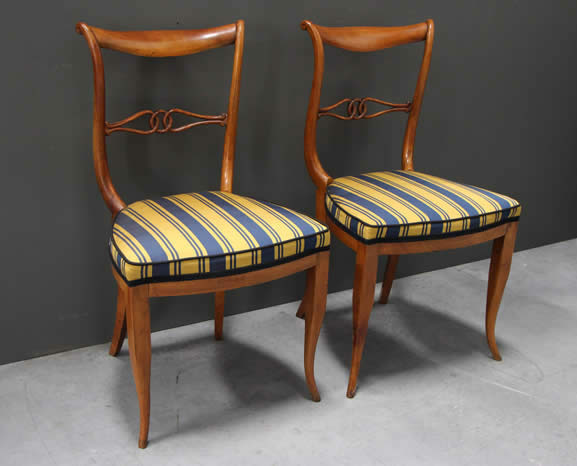
A short history of Biedermeier and Empire styles inspiring Art Deco
Biedermeier, Empire and Art Deco have shared design inspirations.
Often misunderstood, Biedermeier is a period 1815-1848 that squarely sits between war and revolutions. It is a period that is not named after a royal personage, nor a fabulously talented designer or a gifted individual furniture maker. The name was coined AFTER that period passed. The name is made up of two words joined together: Bieder- ( meaning simple)and Meier ( a common German name) . It first appeared in a publication of a cartoon like character "Papa Biedermeier" illustrated in "The Flying Pages" a German periodical newspaper. Papa was a simple character and was quite oblivious to the world around him, a very decent chap with introspective tendencies who didn't want to trouble anyone or make a fuss.
Occupation and Empire
Under the French Imperial occupation by Napoleon's troops in Austria and the, as yet to be united, Germanic states in early 1800's , the French Empire style exerted much influence on architecture and design. However the Empire formality did not sit easy amongst the middles classes nor the farmers or workers . It reminded them of the foreign powers controlling their homelands. Various characteristics of the Empire style were however enduring and were adopted by the royalty and the nobility. However it was the growing middle class that really developed and grew the Biedermeier style from its Empire origins. With the defeat of Napoleon in 1815 the liberated germanic peoples sought a simple less grand style on a more human scale. The ancient Roman architectural influences of the Empire style was not lost but flourished in a reinterpretation and triumphed with Berlin's most gifted architect of the time Karl Friedrich Schinkel. His many designs can still be seen today and one of the best examples is the princely conversion of a farm house in Potsdam to an elegant pleasure palace Charlottenhof . The neoclassicism world was definitely still the main source for inspiration.
Biedermeier Begins 1815
With Napoleon no longer in control, the rulers and their minions of the liberated germanic states, such as Metternich in Austria, tightened the reigns of the freedoms that were part of the "Code Napoleon" the legacy of the French Emperor. This suppression led to the growing middle classes wanting more elegant neoclassical interiors in which to entertain family and close friends in private. This growing demand of the more affluent middle classes for Biedermeier furniture also increased the appreciation and use of indigenous materials. Expensive imported mahogany from the Americas was taxed as it passed through each state, so that only the truely wealthy could afford this timber in Holland, port of entry, and Vienna and Berlin. Gilt bronze mounts were also imported but reserved only for the most wealthy houses and palaces. For Biedermeier furniture , local timbers such as elm, walnut , cherrywood, ash and pine were in great demand. The pale colours gave rise to an opportunity to contrast with ebonised inlay and details. Ebonising was a way of staining and polishing black in order to imitate expensive ebony wood. The ebonised contrasting details to carvings was a reinterpretation of Empire style's gilt bronze mounts which were used to great effect. It was also less expensive to produce and gave a beautiful original look to Biedermeier furniture. Regency period publications from England were highly sought after as the neoclassical inspiration for design . It also allowed for a non french style to spread within Europe, something that had not happened for many centuries because Paris led the way in all things style until the 19th century. Design elements such as the usual neoclassical paraphernalia consisting of columns, scrolls, lions heads and lions paw feet, sabre and taper legs swags and garlands, diamond or chevrons and inlaid straight lines were all very popular. Handles were rare as it interfered with the minimalistic simplicity of the architectural form of furniture , however lock smiths and key manufacturers were in their element producing the finest works of the age. This is why many Biedermeier pieces are often mistaken for more modern Art Deco. Drawers would be opened and closed with an elegant key allowing for security of the goods locked within. See image above. Despite the gloom of having little personal liberties or freedom of speech during the Biedermeier period, bourgeoisie interiors were very colourful, a reflection of their new found wealth. The MAK in Vienna houses a fabulous collection of period Biedermeier fabrics that are so colourful it would make a bubble gum manufacturer wince ! The germanic pale timber furniture contrasts nicely with all this colour . Its ebonised details and contrasting inlays even influenced the French under Charles X and Louis Philippe to imitate this sober german style. Biedermeier spread north into Russia and especially Scandinavia where it was much embraced by Swedish cabinetmakers using indigenous birch timbers. It became known as Karl Johan, named after the former French Marshal who changed allegiances from Napoleonic France to Sweden. His family stills reigns in Stockholm to this day.
Biedermeier period ends 1848
Sadly as with most period styles , what appealed to one generation, was soon discarded by the next in favour of the new. In 1845 and again in 1848, liberalistic revolutions swept across Europe and the slow blending of rococo influences became full blood with the revival of historicism in design. Victorian furniture styles became adopted throughout Europe and craftsmanship declined due to mass production and lack of quality materials. In general the second half of the 19th century saw a confusion and revival and blending of previous styles. This era produced most of what the Antiques trade terms "brown shipping furniture". Sadly as often happens with older furniture, the Biedermeier pieces were relegated to the attic or to country house until.........
Biedermeier revival and Art Deco early 1900's
With the approaching new century towards the end of the 1800's there was a desire to embrace a new style. In 1898 the Applied Arts Museum in vienna held the first retrospective exhibition of the Biedermeier period. Examples of quality furniture and interiors including costumes and fabrics were dusted off and proudly displayed. This newly re-discovered design period had a fascinating effect on the European world of interiors. For the first time a new generation learnt that this modern clean and human scale furniture was not only comfortable to live with but with its lightness and colours inspired a new way of living. Original period pieces from the Dannhauser furniture factory were once again looked after and on displayed, thanks to the vast collection at the Hofmöbelsammlung in Vienna. This exhibition created a new interest and hence demand for revival period Biedermeier style furniture. Its popularity was short-lived however from 1900-1915. The Great War interrupted many things and from it was born a new machine age style, the Art Deco period. Although coined after the French exhibition : "International Exhibition of Modern Decorative and Industrial Arts" held in Paris in 1925, the Art Deco style owes many influences to Biedermeier designs. The two periods are often confused and thats really nice if you know what to look for ....
Many thanks for reading this short design tutorial ,
Kind Regards
Oliver von Wilpert
